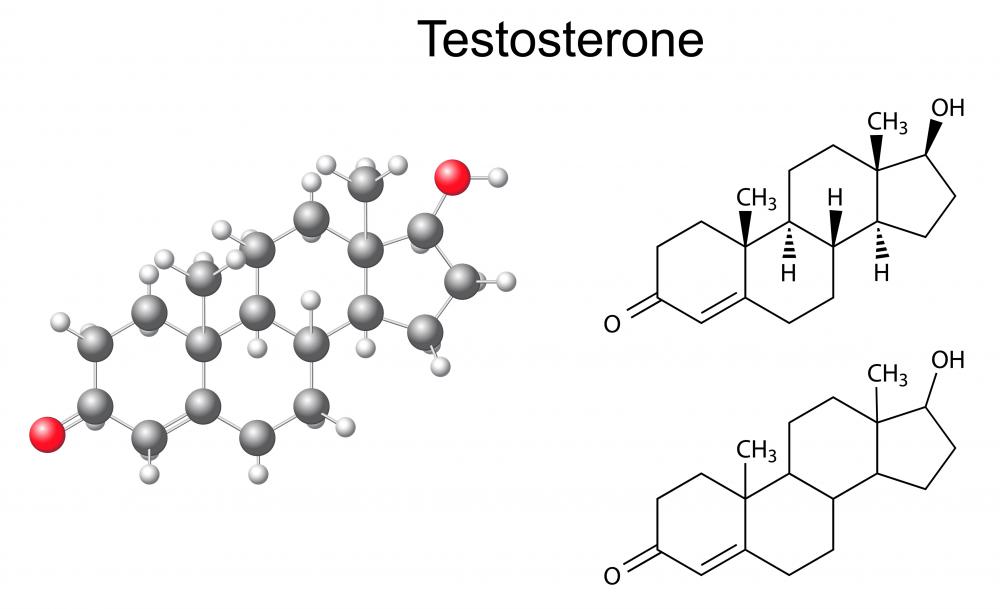At TheHealthBoard, we're committed to delivering accurate, trustworthy information. Our expert-authored content is rigorously fact-checked and sourced from credible authorities. Discover how we uphold the highest standards in providing you with reliable knowledge.
What is Testicular Feminization?
Testicular feminization, also known as androgen insensitivity syndrome, is a rare condition caused by a genetic defect in the testosterone receptor. Patients with the syndrome are genetically male, having both X and Y chromosomes, but appear to be female. Testicular feminization has a range of presentations, and a variety of treatment options are available to affected patients.
The term “testicular feminization” was introduced by John Morris, an American gynecologist. He suggested this name based on his proposed mechanism for the disease, which hypothesized that the testes secreted a hormone resulting in the feminization of male bodies. Further research disproved his theory. The term testicular feminization persists, however, as a common name for the condition officially known as androgen insensitivity syndrome.

Testicular feminization results from the body’s inability to respond to androgens such as testosterone. Affected patients have a genetic defect in the body’s androgen receptors. In some ways, this state can be understood with the saying “water, water everywhere, but not a drop to drink.” Plenty of testosterone circulates within the blood, because the patient has functional testes. The body doesn't respond to this testosterone, though, because it can’t detect it.

As the growing body fails to sense the circulating testosterone, it falls into its default external developmental pattern: becoming female. Affected people develop breasts, female fat distribution patterns, a blind vaginal pouch, and a clitoris. The presence of the Y chromosome ensures that they also develop testes and fail to develop ovaries or a uterus. Some experts describe the resulting patients as pseudohermaphrodites, because they have some male and some female sexual characteristics but don’t have both testes and ovaries, as a true hermaphrodite would.

Testicular feminization can have a variety of clinical presentations. A complete form of the syndrome results in a normal-appearing female who might not be considered abnormal until she fails to get her period. Other less-complete forms of the syndrome also exist. For example, some babies born with ambiguous genitalia might have an incomplete form of the condition, in which a partial response to testosterone results in the development of incomplete male external genitalia.
Treatment of testicular feminization can be controversial. In patients with partial sensitivity to testosterone, some doctors recommend administering testosterone as a treatment. The increased testosterone could help the patient develop into a normal-appearing male.
People with complete testicular feminization often continue to live as a female. In these patients, it is important to remove the testes to decrease the risk for testicular cancer. They also often benefit from elective surgeries to elongate and widen the vagina, thus facilitating sexual intercourse.
AS FEATURED ON:
AS FEATURED ON:













Discussion Comments
Oh but I would love to remove my testicles definitely. Would that would make my panties fit better and look a lot better in a mini skirt?
Does a male develop well enough that it is not going to be an operation to alter him to be detected having male and female genitalia, actually ?
Post your comments